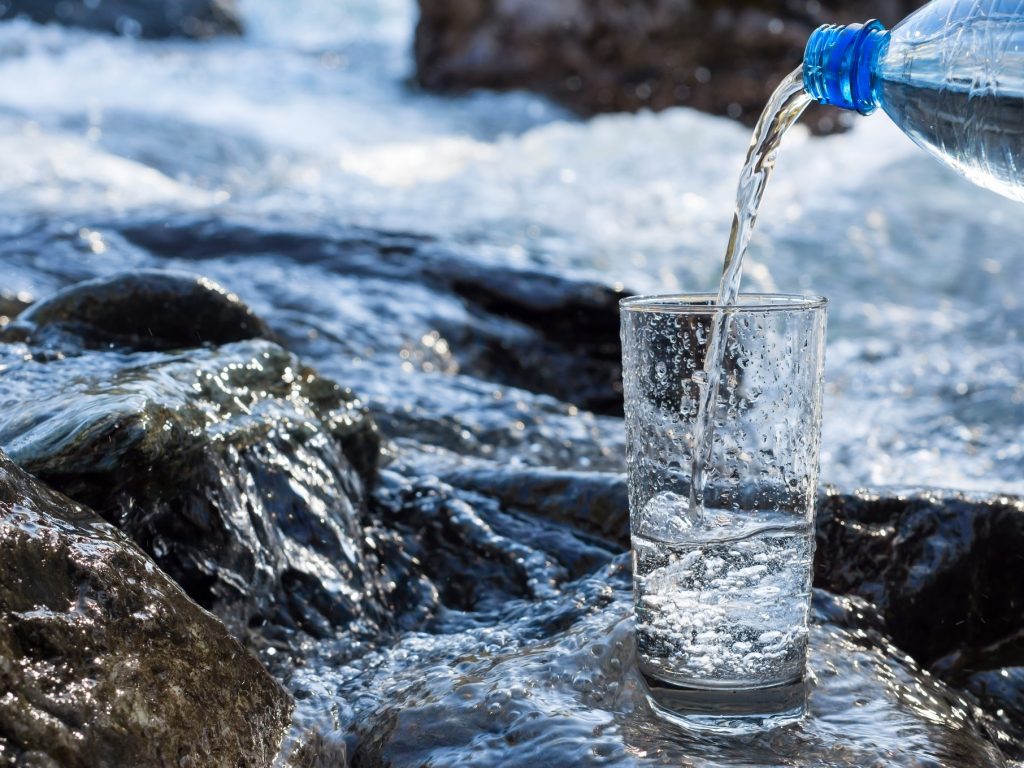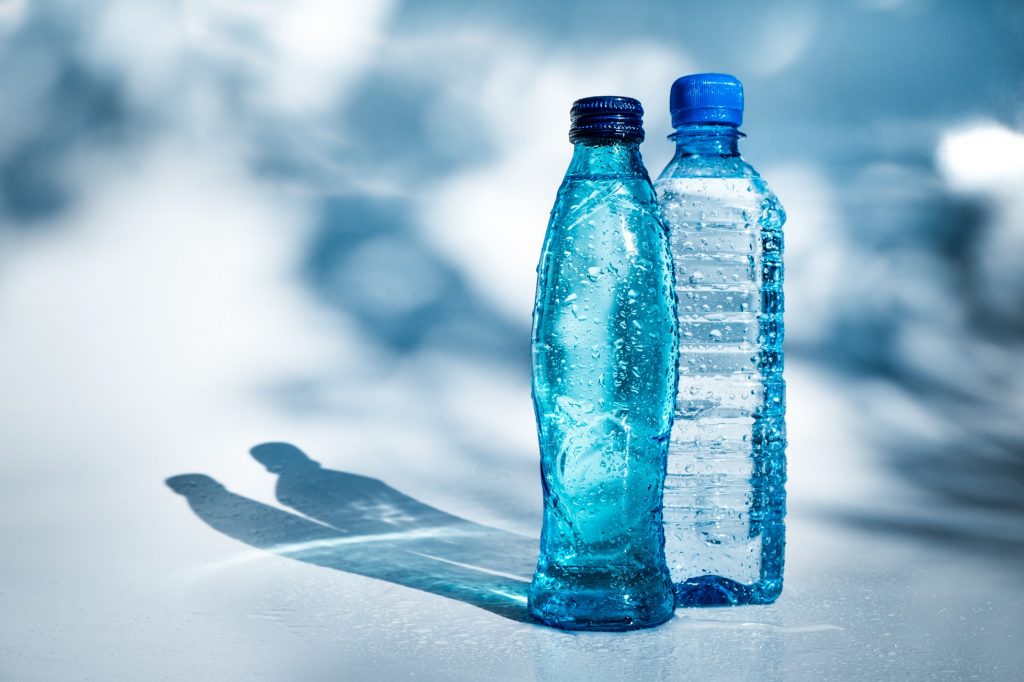
15 Apr Nashville Consumers Prefer Bottled Water

For the first time in history, bottled water is the No.1 packaged beverage in the United States (by volume). People are shifting away from less healthy packaged drinks and choosing the healthy option—bottled water.
Jill Culora, International Bottled Water Association (IBWA), Vice President of Communications
According to a recent study by the IBWA, more than 63 percent of Americans choose bottled water as their beverage of choice. And 94 percent of Americans believe that bottled water is healthier than soft drinks. But what exactly does the phrase ‘bottled water’ mean? The definition is more complex than it might initially seem.
Per the U.S. Food and Drug Administration (FDA), bottled water is a consumer food product; which means that strict standards of identity must be followed in order to legally call a bottle filled with water ‘bottled water’. The FDA requires that the “type” of water must be clearly printed on the label of all bottled water sold in the United States. To understand the FDA’s classifications, it is important to know the following terms.
Spring Water: “Derived from an underground formation from which water flows naturally to the surface, this water must be collected only at the spring or through a borehole that taps the underground formation feeding the spring. If some external force is used to collect the water through a borehole, the water must have the same composition and quality as the water that naturally flows to the surface.”

Purified Water: “Bottled water that has been treated by distillation, reverse osmosis, or another suitable process may meet standards that allow it to be labeled as “purified water.””
Mineral Water: “This water comes from an underground source and contains at least 250 parts per million total dissolved solids. Minerals and trace elements must come from the source of the underground water. They cannot be added later.”
Artesian Water/Artesian Well Water: “This water is collected from a well that taps an aquifer—layers of porous rock, sand, and earth that contain water—which is under pressure from surrounding upper layers of rock or clay. When tapped, the pressure in the aquifer, commonly called artesian pressure, pushes the water above the level of the aquifer, sometimes to the surface. Other means may be used to help bring the water to the surface.”
Well Water: “This is water from a hole bored or drilled into the ground, which taps into an aquifer.”
Understanding the different water sources and methods of extraction will help Nashville employees answer questions about the taste, quality, and safety of a specific type of water. This is especially important as 82 percent of Americans think they should drink more water and 90 percent believe that bottled water is a healthy and convenient beverage.
To help your Nashville employees stay hydrated and healthy, make sure to include bottled water in your office break room vending machine. Try offering healthy snacks with healthy beverages at a reduced cost. It not only keeps everyone hydrated and satiated, but it’s also a great moral booster. For more information about adding healthy vending machines to your Nashville break room, call Van Vending at 615.824.2000.

Sorry, the comment form is closed at this time.